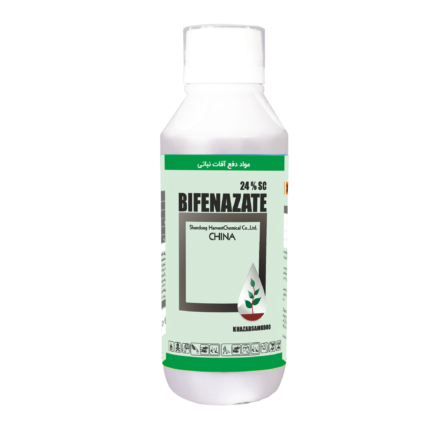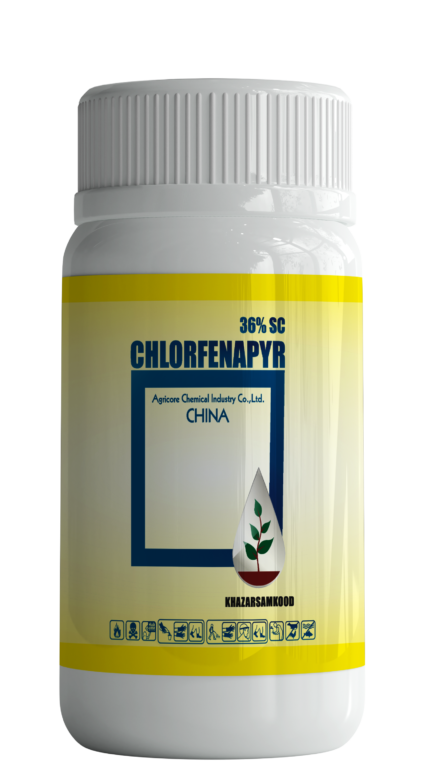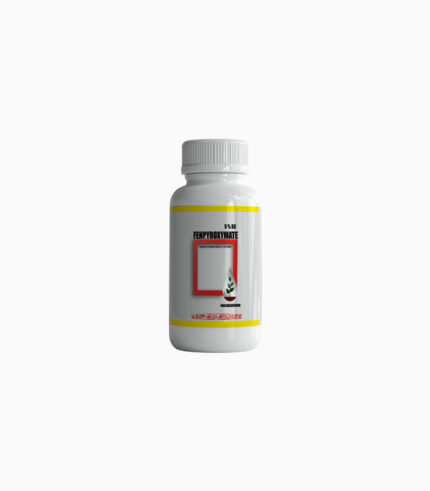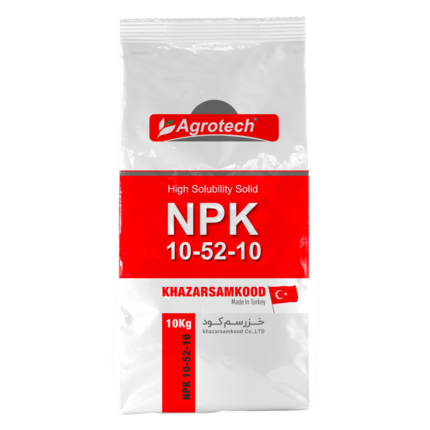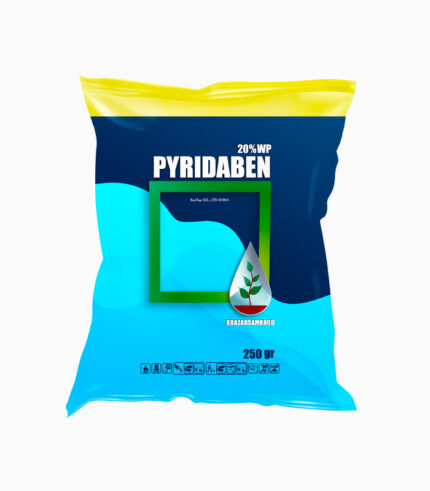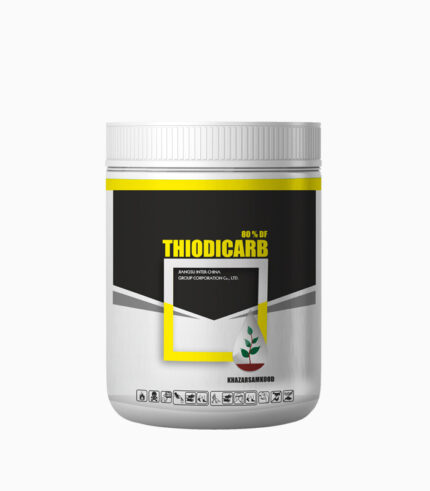NPK 10-52-10
“NPK 10-52-10” contains nitrogen, potassium and high percentage of phosphorus, which can be used to supply the elements needed by the plant at the beginning of the vegetative and reproductive stages, as well as to increase rooting and flowering in all crops and reducing flower drop and increasing plant resistance against stresses. The most important functions of phosphorus in plants are energy transfer in plant metabolism, presence in the structure of cell wall phospholipids, cell division, synthesis and transfer of sugar and starch, growth and development of hairy roots, as well as development of reproductive parts.


